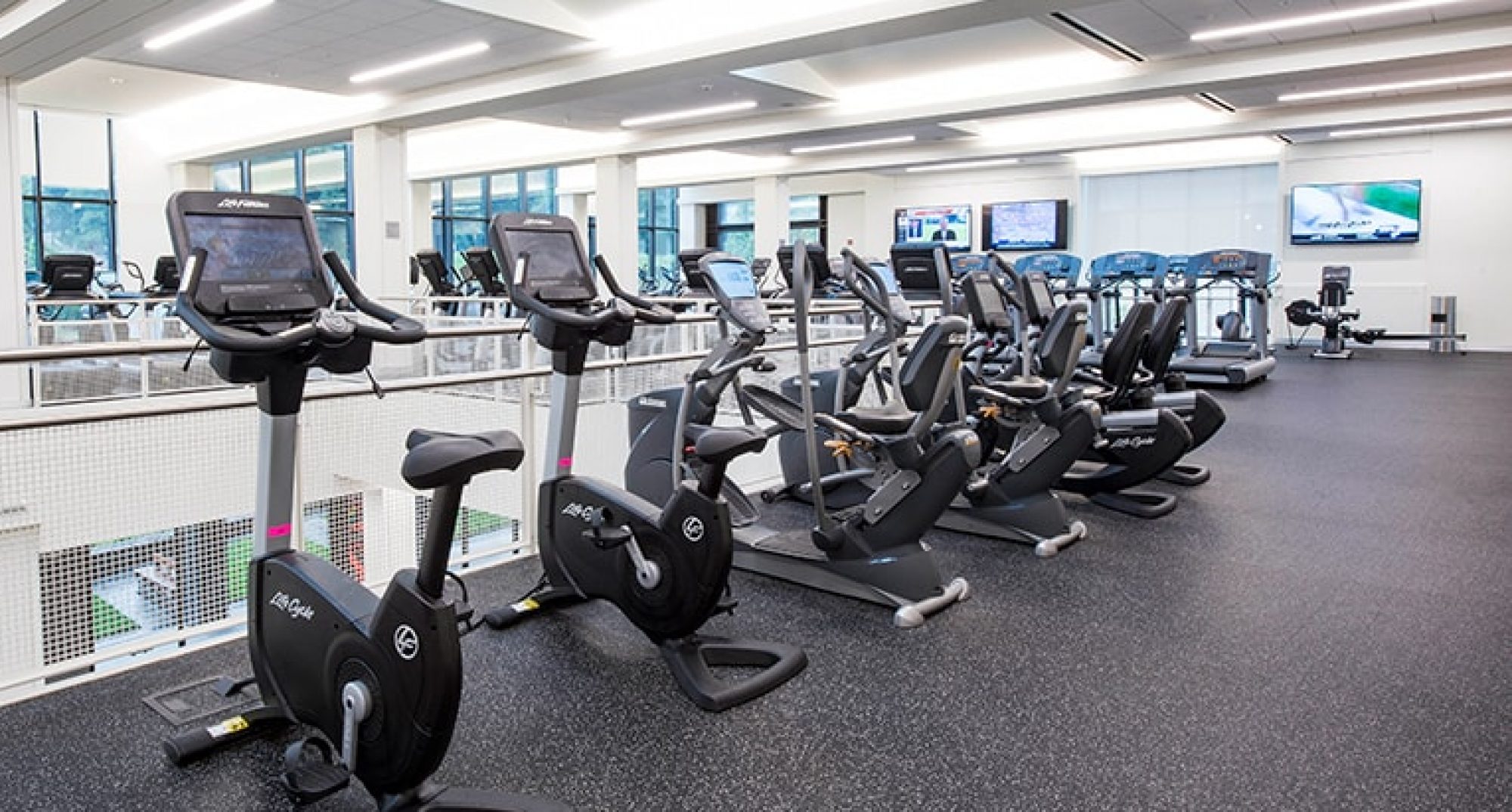After this week’s design review presentation we received some feedback pertaining the initial design of our system. With the questions we were asked in mind, my tasks for this week consisted in further researching the components for our Sensor Module. One question that came up was the detection angle of our sensors. In all honesty, I was more focused on the range (distance of detection) of these sensors and I admit I did not factor into my calculations how the detection angle of our sensor affected our system. Therefore, I looked into the documentation of our sensor and investigated other alternative sensors just in case. After some hesitation I believe that our current chosen sensor works well based on our implementation.
Having said this, professor Mukherjee brought up a possible different implementation of our solution. He discussed a multiple sensor approach to obtain more accurate occupancy measurements that were impervious to the external environment around the gym equipment (people, movement, etc.). Nonetheless, after some consideration I believe it is best to stick with our one sensor approach given the simplicity of the communication between the sensor and the NodeMcu. Our sensor is analog and the NodeMcu ESP8266 only has a single analog input which would make the incorporation of multiple of our selected IR sensors practically impossible. We would have to research other sensors primarily digital ones that can be incorporated seamlessly with the NodeMcu and come up with an algorithm to coordinate the multiple sensors to reach a decision on occupancy. This task does not seem so difficult. Yet other considerations were also discussed.
A point that came up is how invasive our system would be if we were to incorporate say three sensors on a treadmill. This is certainly feasible but perhaps the wiring of these sensors might result cumbersome for users. In addition we would have to factor in power consumption which would most likely not meet or battery life requirement. As a result, and in tandem with our size requirements, we believe that it is best to stick with only one sensor for now and experiment with calibrating and tuning our microcontroller with our sensor.
Due to this deliberation in implementation and sensor type, no orders were placed this week, which I anticipate will put me behind schedule. Nonetheless, this setback does not hurt the overall pace of the team given how we decided to divide the tasks and how compartmentalized our testing plan and schedule is. Our verification plan has a lot of small testing phases which will either way take up most of the time after the parts arrive, hence setbacks can be easily recovered from. In my case I will have to get started as soon as I can with a bit of an accelerated pace on the IR testing in order to meet the goals of integration we have.
As a result my plan for next week is to complete the order of parts and hopefully receive them as soon as possible to start experimenting and testing locally according to our testing plan. In the meantime, I will most likely take more concrete physical measurements of the gym equipment in order to analyze these as well as compare them with our equipment’s manuals and documentation. These metrics will get the ball rolling for the work that needs to be done with respect to the Sensor Module mounting mechanism and will aid in setting up our testing environment which will emulate the machines we will be working with. As a result, next week I will be checking out the Makerspace to investigate the resources available to fabricate our setup (wood, tubes, tools, etc.). I will also research CAD and other suites since we have decided to fabricate our encasing for the sensor module locally. From this investigation, I will decide how to proceed with the mount design. All of this will aid in developing our Design Report which is the deliverable for next week.
